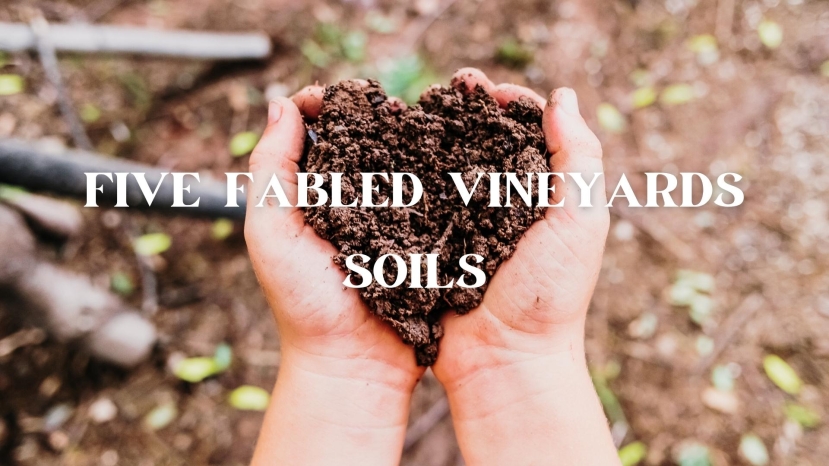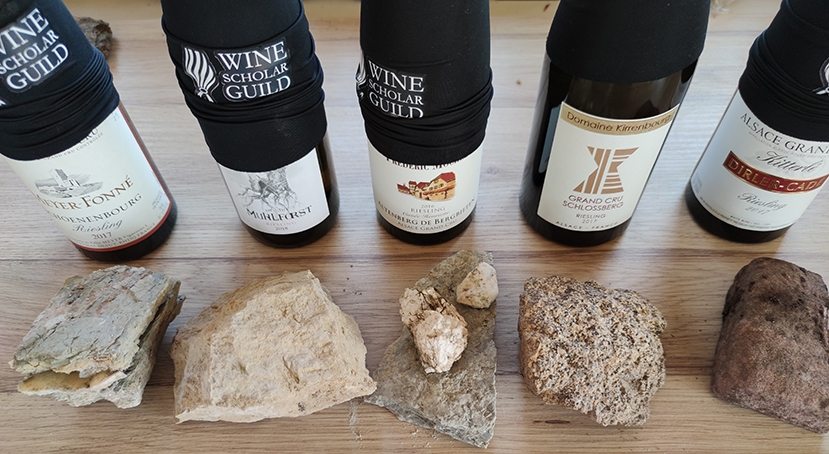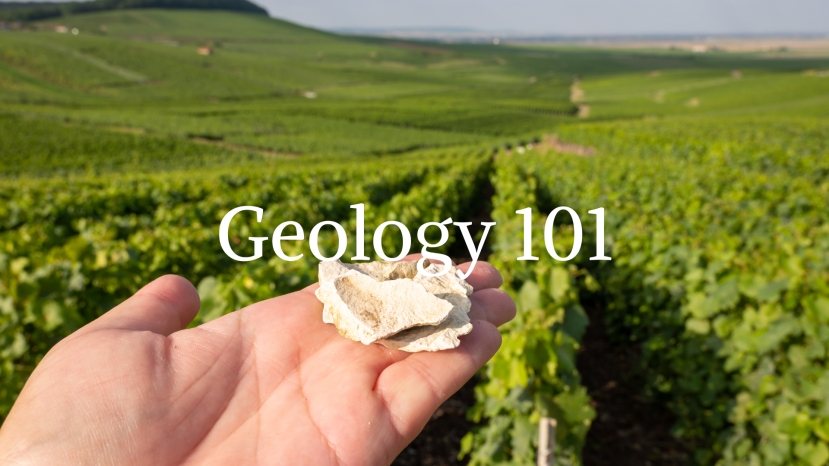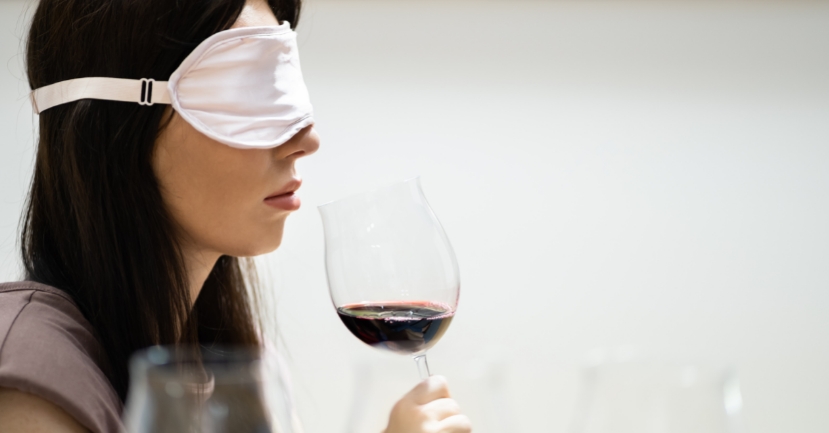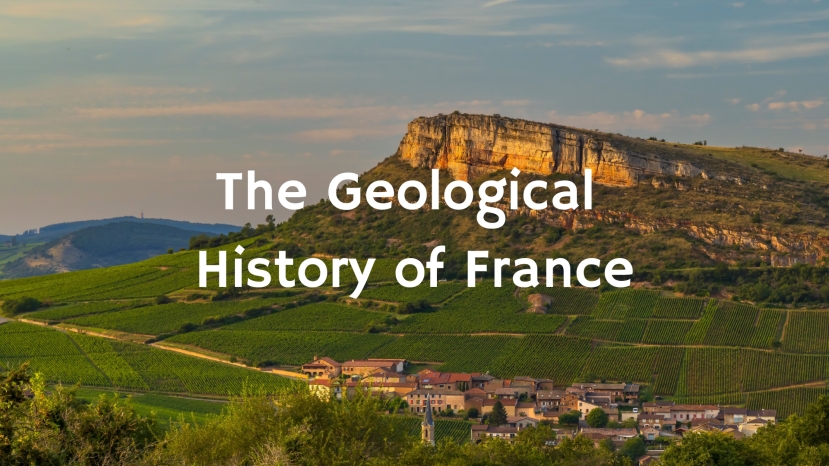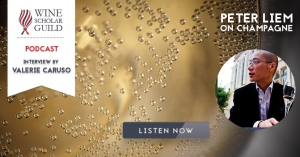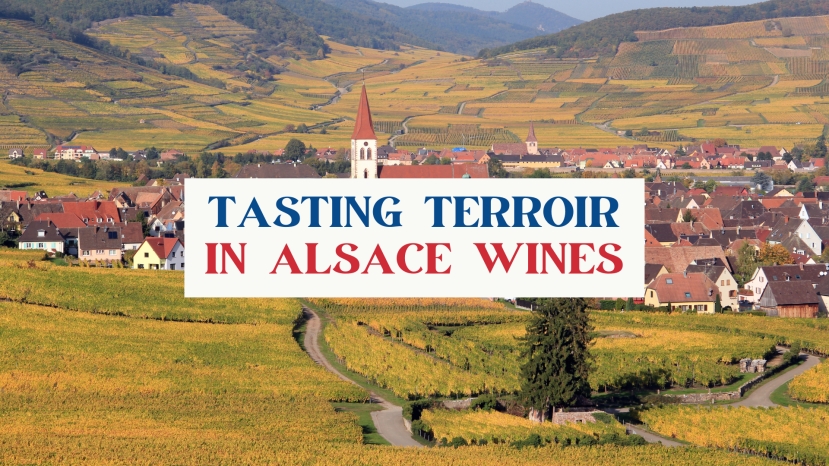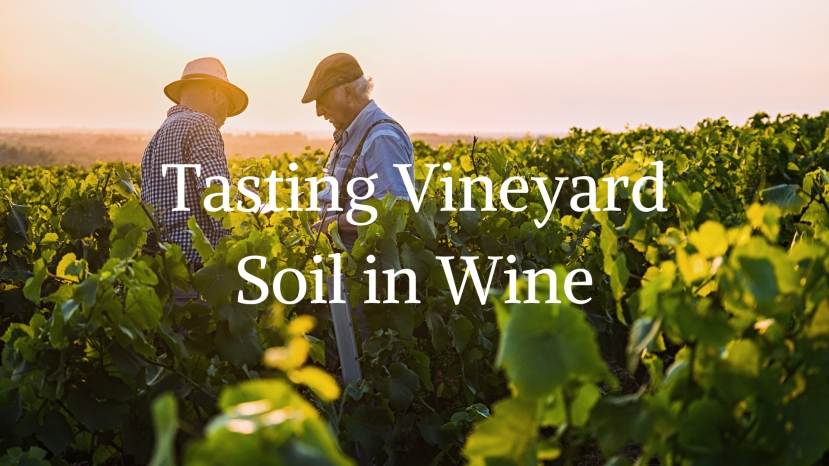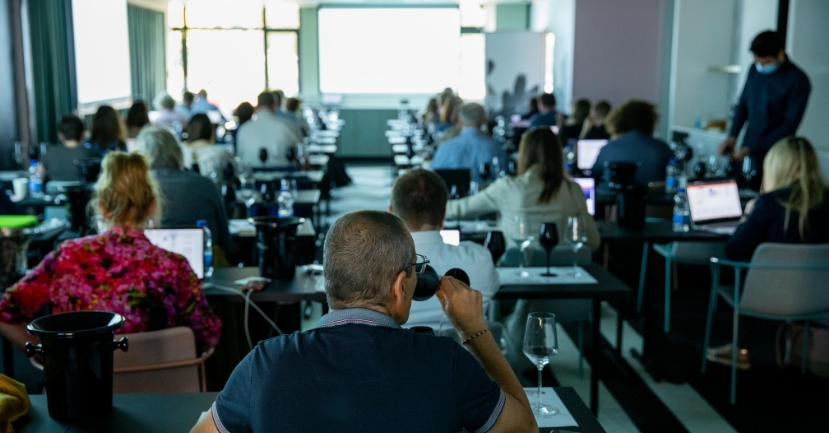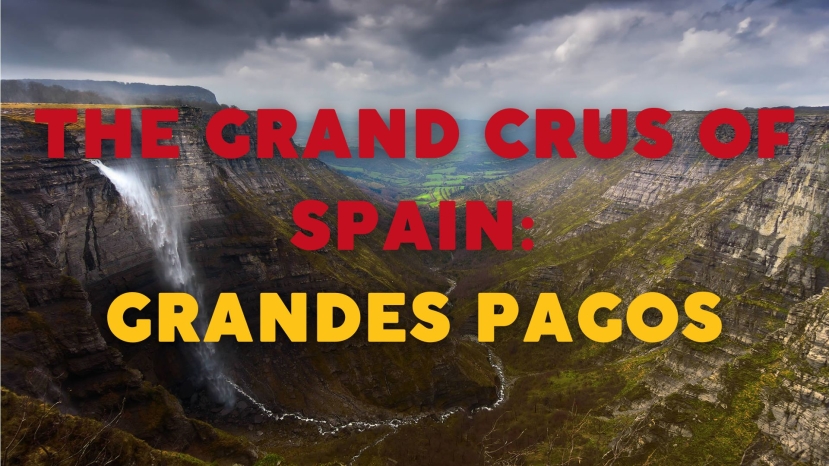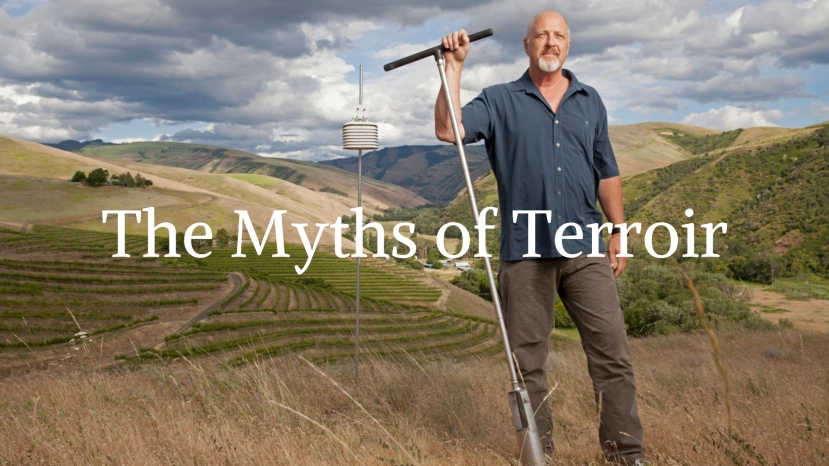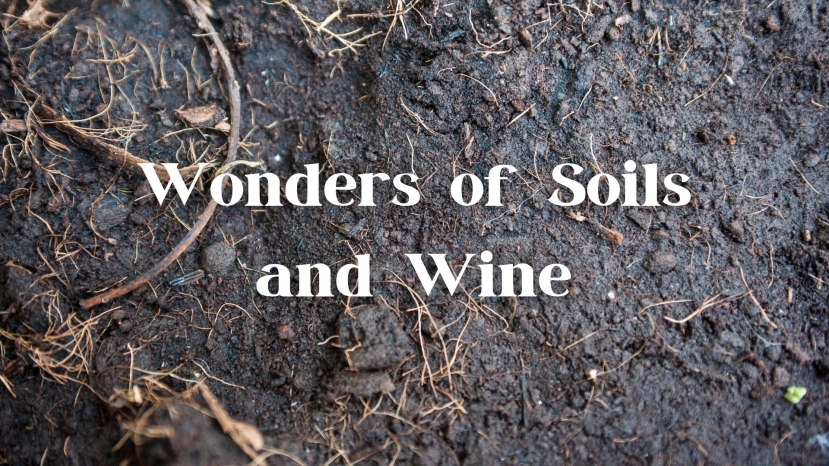BLOG
Terroir
Summary:
Of all the vineyard soils of the world, a dozen or so have acquired a designation of their own.
Examples are New Zealands Gimblett Gravels (with their astonishing rise to fame), the albarizas of Spains sherry district (made of tiny but crucial architectural marvels), Californias enigmatic Rutherford Dust, the cherished Kimmeridgian of Chablis, and the spectacular terra rossa of Australias Coonawarra. The names probably mean little to most people but to wine
Is a wine horizontal or vertical? Square or round? Hollow or dense? Relaxed or tensed? Grainy or smooth? This is a small sample of GeoSensorial Tasting vocabulary — a method that seeks to empower the taster to feel, interpret and give voice to wines of place.
By focusing on mouthfeel and assessment criteria such as energy, salivation, geometry, texture and consistency, this methodology helps you to better understand the nuances that a specific terroir, among other factors, brings to wine and helps you to express those nuances. It puts light on how, for example, Chenin Blanc wines from the schist soils of Savennières, the tuffeau of Saumur and the flint-clay and limestone-clay of Vouvray differ from one another. Quite an ambitious undertaking!
Summary:
This webinar will dig into the basics of rocks and soil, and their respective roles in defining a site’s terroir. This discussion will give you the terms, tools, and scientific foundation to discuss terroir like a pro.
We will explore the different types of rocks, how they form, and in which wine regions across the globe you can expect to find them.
This article is the first of an upcoming series by French neuroscientist Gabriel Lepousez. Gabriel is part of the Scientific Committee formed by WSG in the context of its "Architecture of Taste Research Project". He has also presented a fascinating segment on "The Neuroscience of Wine Tasting" as part of The Science of Wine Tasting Webinar Series which will resume with new episodes in the Spring of 2022.
The wine tasting paradox
There is a real paradox in the experience of tasting a product like wine. Tasting is such a familiar, instinctive, and seemingly obvious act; something that we take for granted. At the same time, wine is a one of the most complex sensory objects that we put into our mouths.
Indeed, wine is one of the rare sensory objects of our daily life which solicits all at the same time:
Summary:
In order to understand better the specificities that led not only to the present-day landscape but also to the soil and subsoil nature and diversity of the French vineyard, a travel in the past times is necessary.
In order to understand all the key events that occurred during the hundreds of million years of geological history. Being aware that a lagoon, a tidal-influenced
Peter Liem talks with us about the progressive movement in Champagne. As we’ll discover in this conversation, there’s more to the terroir story than the chalk soils and the weather.
Summary:
Welcome to the soil signatures course! This course is aimed at helping students understand the very tangible effect that different soil types can have on the flavours we encounter in the glass.
Summary:
Alsace vineyards are one of the most renowned vineyard in the world, but difficult to define because of its geological complexity and numerous grape varieties. Through the grape variety, we will look at taste profiles that come from different soil types.
Presenter: Romain Iltis MOF
Romain Iltis is a French sommelier from Alsace who has won multiple awards including Best Sommelier of France 2012, Master of Port 2008 and "Meilleur Ouvrier de France", a
Summary:
Why do we think that the vineyard soil is so important for the taste of wine?
The rocks and soils in the vineyard certainly affect how vines grow but these days they pervade writings on wine flavor; some commentators believe they are the overriding contributor to taste. There are restaurant wine lists organized not by grape variety, region or style but by geology: granite wines,
On the 6th of September 2021, Wine Scholar Guild hosted the first large-scale blind-tasting panel as part of its recently announced The Architecture of Taste Research Project.
Hosted at the Bristol Hotel in Colmar, Alsace, this panel tasting launched WSG’s research on the tactile and geosensorial tasting approach it developed over the past year.
The tasting was designed specifically to assess the experimental and innovative tasting grid that had been developed as part of the Architecture of Taste Research Project. Its eventual aim is a tactile and geosensorial tasting method which focuses on a wine’s energy, induced salivation, geometry/shape, texture, and consistency.
Such a tasting method would provide students of wine with an enriched and universal lexicon that not only assesses the qualities of a wine but also dives into the nature of a wine’s personality and, perhaps, its corresponding terroir signature.
The panel of tasters included owners or representatives of twenty top Alsace estates such as Albert Boxler, Weinbach, Marcel Deiss and Albert Mann. They were joined by a dozen wine professionals, including Pascaline Lepeltier MOF, a member of the ATRP Scientific Committee, as well as a dozen serious wine lovers. All in all, over 45 panelists participated in the tasting.
Summary:
Marc-André explores the factors that really contribute to what we call 'terroir', including the soil, the climate and the microbiology at play.
In this enlightening webinar he will bust myths and explain the science that truly contributes to the wine that we taste.
About Marc-André Selosse:
Marc-André is a French biologist specializing in botany and mycology. He has worked on symbiosis, particularly in the areas of evolution
Summary:
Join the leading Spanish wine association of 35 wineries known as the “Grands Crus of Spain,” Grandes Pagos de España (GPE), for an exclusive webinar with the Spanish Wine Scholar Guild.
GPE representatives Valentí Llagostera (Co-Owner & Co-Founder, Mas Doix) and Marta Santander (Director of Exports, Familia Martínez Bujanda) will discuss GPE’s mission to uphold the
Summary:
Terroir has often been defined as an untranslatable French concept with somewhat mystical attributes.
Some wine experts view terroir as an over-hyped myth, while others consider it to be primarily responsible for the unique sensory characteristics and distinctiveness of wines.
This webinar will explore how the concept of terroir has evolved
Summary:
In this webinar I will address some of the intriguing questions you submitted. Varied they were, but many had a common thread: what is it about a particular soil that is so important for certain wines? I will look at some general ideas about such claims, and then consider some specific examples, such as slate in the Moselle and Priorat, granite and diorite in Beaujolais.What exactly is the difference

